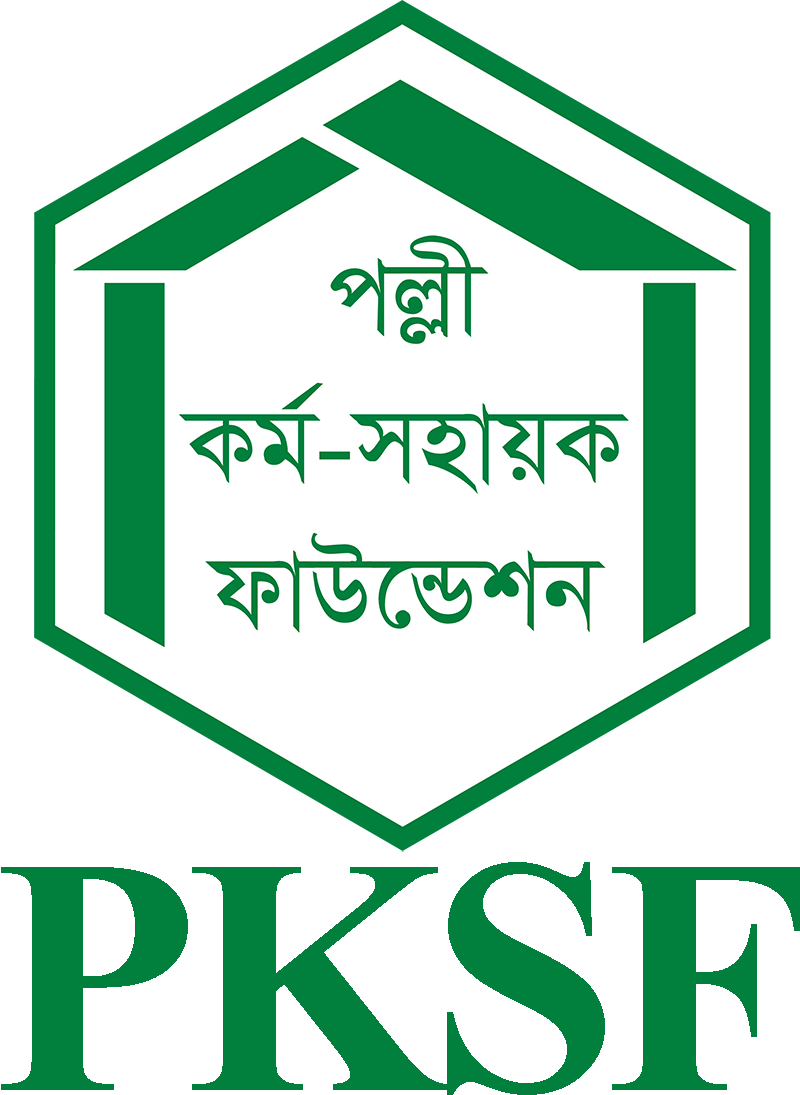CONTEXT
Bangladesh has witnessed a remarkable progress in extreme poverty reduction over the last three decades. According to the Household Income and Expenditure Survey (HIES) 2022 data, rural extreme poverty fell to 6.5% last year from 14.9% in 2016. However, there are still some pockets where poverty rates are higher than the national average. Those living in climate-vulnerable Nothwestern river basin, Southwestern coastal belt, Northeastern haor region, and areas with high concentration of ethnic minority groups are among those most exposed to extreme poverty.
Palli Karma-Sahayak Foundation (PKSF) has been working for poverty reduction through employment generation since its establishment in 1990. In continuation of this, PKSF has launched a new project styled ‘Pathways to Prosperity for Extremely Poor People – European Union (PPEPP-EU)’.
The PROJECT
Pathways to Prosperity for Extremely Poor People – European Union (PPEPP-EU) is a second-generation poverty reduction project co-funded by PKSF and the European Union. PKSF is implementing the project activities through 19 Partner Organisations (POs) having decades of experience in poverty reduction programmes. The project supports about 860,000 extremely poor (EP) people of 2.15 lakh households and is aligned with the SDG 1 (No Poverty), SDG 2 (Zero Hunger), SDG 3 (Good Health & Wellbeing), SDG 5 (Gender Equality), SDG 10 (reduced inequalities) and SDG 13 (Climate Action).
The project delivers a carefully sequenced package of multidimensional interventions, with a thrust on enterprise development and resilience building to help target households progress towards the mainstream socioeconomic growth trajectory. Technically, PPEPP-EU is a continuation of Pathways to Prosperity for Extremely Poor People (PPEPP) project which was jointly funded by the UK government’s FCDO and the EU. After the FCDO’s departure in March 2023, the EU has taken over the project to continue supporting some of the already organised target households, but under a slightly different name—PPEPP-EU.
OBJECTIVE
To contribute to poverty reduction and resilient livelihoods in the target regions of Bangladesh
CORE SELECTION CRITERIA
- Occupation: Wage-based (manual labour) earning
- Landholding: Maximum 10 decimals (it varies a little depending on the region)
- Income: Per capita monthly income of BDT 2,045 maximum (it varies depending on the region)
- Housing type: Mostly thatched/tin roofed and mud floor
- Earning member: Single earner or no earner
COMPLEMENTARY SELECTION CRITERIA
- Female-headed households
- Households dependent on child labour
- Households experiencing consumption rationing
- Households having member(s) with disability
- Households of ethnic minority, dalit, and third gender
GEOGRAPHICAL TARGETING
The three-year project (from Oct 2022 to Sept 2025) covers 145 Unions of 34 upazilas in 12 poverty-prone districts in north, south, haor and ethnic minority regions. The districts are Thakurgaon, Rangpur, Dinajpur, Kurigram, Gaibandha and Nilphamari in northwest riverine char basin; Satkhira, Khulna, Bagerhat, Bhola and Patuakhali in saline and cyclone-prone coastal region; and Kishoreganj in haor area. Additionally, the project supports ethnic minority groups in Dinajpur and Thakurgaon districts.
PROJECT COMPONENTS
a) Resilient Livelihoods
The Resilient Livelihoods component is working to boost income of the extremely poor people (mainly targeting women) by engaging them in a range of Income Generating Activities (IGAs). The support for IGA development includes appropriate financial services, skills training for farm and off-farm activities, vocational training and microenterprise development. In addition, the project aims to grow and transform some of the potential livelihoods into business clusters by providing selective value chain interventions.
b) Nutrition and Primary Healthcare
This component seeks to tackle the intergenerational malnutrition problem through nutrition-sensitive and nutrition-specific interventions. The essential nutrition service package is ensured in three ways: 1) delivery of a package of essential services either by supporting better delivery of the National Nutrition Services (NNS) or through direct delivery where there are significant gaps in NNS capacity, 2) community-level work to address some of the social practices that prevent good nutrition outcomes, and 3) promoting income-generating activities that support nutrition outcomes where possible.
c) Inclusive Finance
Alongside technical services, target members receive grants, appropriate loan including seasonal loan and enterprise loan for IGA establishment and microenterprise development. Disaster and Climate ResilienceThis component promotes climate-resilient livelihoods through early warning systems. It also explores ways to support households manage common risks such as illnesses, and predictable disasters/climate-related risks such as flood and cyclone.
d) Disability
This component is designed to address the specific needs of the extremely poor people with disability. Where possible, livelihood opportunities are tailored to their specific capacities. The project also seeks to increase their access to social safety net programmes to ensure that their basic needs are met.
e) Women Empowerment
Special focus is given on gender relations within households and across the community involving both men and women. The project deliberately targets women as primary participants of the livelihood graduation component to ensure women-led economic growth.
f) Community Mobilization
The project builds social support and change the social norms that exclude women, girls, people living with disabilities and others. Through grassroots advocacy, the project also builds linkage with public and private institutions to ensure extremely poor people’s access to various service systems
